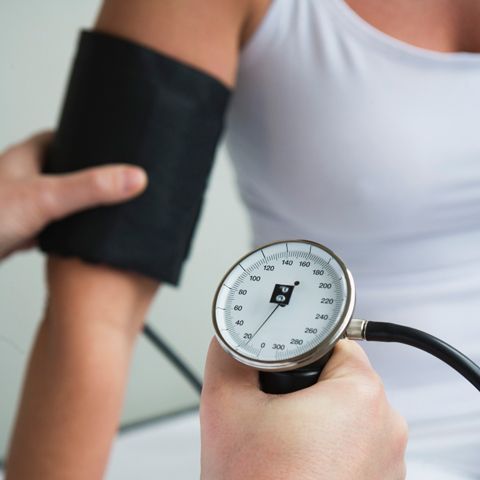Garlic is often celebrated as a nutritional powerhouse, renowned for its health benefits and rich flavor. From heart health to immune support, this little bulb has an impressive reputation. But like many good things, there can be some cons.
Overeating garlic can lead to several unwanted side effects that can impact your health and comfort. If you’re adding garlic to everything, it’s worth knowing these potential disadvantages before you go all in.
#1. Digestive Discomfort and Acid Reflux
Eating too much garlic may irritate the stomach lining and lead to symptoms like bloating, gas, and even acid reflux. Garlic’s sulfur compounds, while beneficial in small doses, can become an issue when consumed excessively.
Studies have shown that garlic can trigger acid reflux in some people, particularly those with gastroesophageal reflux disease (GERD).
If you often experience a burning sensation after eating garlic-heavy meals, consider scaling back to see if your symptoms improve.

#2. Bad Breath and Body Odor
It’s no secret that garlic’s distinct aroma can stick around long after you’ve eaten it. This smell comes from sulfur compounds in garlic, which are released not only through your breath but also through your skin.
When you eat a lot of garlic, these compounds can build up in the body and linger, leading to persistent bad breath and even body odor.

#3. Increased Risk of Bleeding
Garlic has natural blood-thinning properties, which are beneficial for heart health in moderate amounts.
However, consuming too much garlic can interfere with blood clotting, posing a risk for individuals on blood-thinning medications or those preparing for surgery.

#4. Interference with Certain Medications
Garlic can interact with blood pressure medications, anticoagulants, and even certain antibiotics, affecting how these medications work in your body.
If you’re on prescription drugs, especially those mentioned above, consult your healthcare provider before increasing your garlic intake.
#5. Allergic Reactions and Skin Irritation
Some individuals may have an allergy or sensitivity to garlic, which can lead to allergic reactions like rashes, itching, and other skin-related symptoms.
Handling raw garlic can also cause skin irritation or even minor burns for some people, especially if they’re handling it for extended periods.

#6. Low Blood Pressure Risks
Garlic is known for its blood pressure-lowering effects, but if you already have low blood pressure, consuming large amounts of garlic can cause your blood pressure to drop too low.
This can lead to symptoms like dizziness, fainting, or weakness, particularly if you’re prone to low blood pressure or take medications to manage it.

#7. May Cause Headaches and Dizziness
Some people find that eating too much garlic can trigger headaches or even dizziness.
Garlic’s sulfur compounds are thought to dilate blood vessels, which may lead to headaches in individuals prone to migraines or other forms of headaches.

Recommendations for Safe Garlic Consumption
To enjoy garlic’s benefits without experiencing the downsides, try incorporating it into your diet in moderation:
- Use Small Quantities: Aim for 1-2 cloves a day if you enjoy garlic regularly.
- Balance with Other Foods: Incorporate garlic with other nutritious foods to create balanced meals that won’t overload your digestive system.
- Try Cooking Garlic: Cooking garlic can reduce its pungency and make it easier on the stomach compared to raw garlic.
If you’re on medications or have specific health concerns, consulting with a healthcare provider can help ensure you’re using garlic safely.
